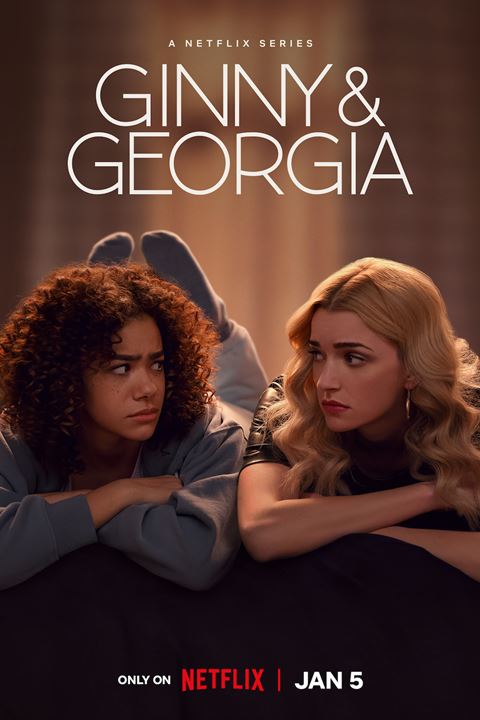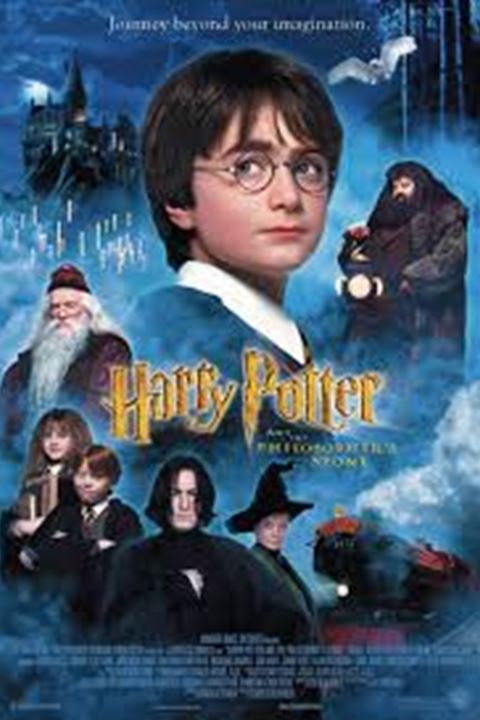The current state of international research
Evaluations carried out in Germany and England of recent international research into the harmful influence of media have reached the same final conclusion. Progress has been made in recent years through the concretisation of a number of risk factors, however the studies principally serve to confirm the long-established insight1 that there is no direct causal link, but rather that…
…certain media images and content, under certain circumstances, can be harmful to certain people.
This was the conclusion arrived at in both the recently published English study HARM AND OFFENCE IN MEDIA CONTENT, A Review of the Evidence, and in the German publication MEDIEN UND GEWALT, Befunde der Forschung seit 1998 [MEDIA AND VIOLENCE, Research since 1998], published at the end of 2005.
Both studies also found that it is difficult to make generalised pronouncements on the basis of existing research, as this is limited by:
• the predominately American origin of this research and the associated question of the extent to which the outcome can also be applied to the situation in other countries and other cultural contexts;
• the focus on television in the majority of the studies, the outcome of which are therefore not naturally applicable to other – and in particular newer – media;
• the experimental nature of many studies, showing little correspondence with everyday practice in the use of media.
No simple answers
On behalf of the German Ministry for the Family, Senior Citizens, Women and Young People, Professor Michael Kunczik and Dr Astrid Zipfel of the University of Mainz have evaluated the research published in the USA, England and Germany during the period from 1998 to 2003. This evaluation covers studies into the relationship between media and violence, as well as the effectiveness of prevention and intervention.
The report on behalf of the ministry specifically states that the results of the research do not meet society’s need for straightforward answers to the question of media violence. “Any simple answer to the complex causes of violence and the role of the media in this must be dismissed as not serious from the point of view of scientific insight. Although the potential risks represented by violence in the media should not be trivialised, it would certainly not be appropriate to make media violence the scapegoat for violence in society.”
The German evaluation concludes that almost all of the current studies recognise the risks of media violence. Most of these studies ascertain a weak to moderate connection between media violence and aggressive behaviour. Media violence is only one of the many factors involved in the complex mixture that can lead to aggressive behaviour, however.
In addition, not all media images and content work in the same way, and not every media consumer is affected to the same extent by the potential danger of media violence.
Aggressive boys who watch a lot of media violence
According to the German survey, the outcome of recent studies justifies the conclusion that media violence is more likely to influence the aggressive behaviour of boys who:
• watch a lot of media (television);
• grow up in families in which a lot of television (violence) is seen;
• experience a lot of violence in their immediate surroundings (family, school, peer groups), meaning that they see this as a normal instrument for the resolution of problems;
• already have an aggressive personality;
• consume media in which violence is shown in a realistic or humorous manner and is presented as justified;
• see violence committed by attractive characters, who resemble the viewer or with which he can identify strongly, who are successful and rewarded for their actions, or in any event not punished;
• see violence that shows no visible damage to the victims (sanitised violence).
Prohibition works
According to the German study, restrictive measures to prevent or reduce the negative influence of media violence have proven extremely effective. Prohibition works particularly well with young children. With older children, there is a danger that prohibition can have a counterproductive effect, as it could for example damage the relationship with the child, increase the attractiveness of media violence, or relocate viewing outside of the family environment.
Parents and children watching together appears to be a good approach, but only if the violence clearly receives a negative commentary. One highly effective way is to make children aware of and sensitive to the victim’s perspective. While younger children are more sensitive to statements, for older children measures are recommended that promote a more active involvement with the theme. Such as discussion at schools and undertaking projects.
Media not in isolation
The English study Harm and Offence in Media Content appeared in the spring of 2006 and evaluates international research since 2000. This study does not restrict itself only to the investigation of the risks of media violence, but also evaluates research into other forms of possible harmful influence from media images and content, and investigates offensiveness.
The English evaluation also concludes that it is impossible to describe media influence in terms of simple, causal relationships. “The research demonstrates that all social problems – such as aggression, prejudice, bullying – are associated with their own, complex series of possible causes, and the role of media in this cannot be seen in isolation.”
Among the general conclusions drawn by the study from the state of international research are the following:
American action/adventure drama
There is a great deal of evidence for the assumption that images of violence on television – the type seen in American action/adventure drama, made for an adult audience – can have a negative influence on the behaviour of children, especially boys.
There is similar evidence, although to a lesser extent, for violent images and content in feature films, DVDs/videos and games. Because these are media products that in most countries are associated with age regulations, it is probable that the risk is greater if children see images not intended for their age group. In addition, we are dealing with risks, not inevitable damage; as research also shows, the public are not all affected to the same extent, with many people in fact not being affected at all.
Pornographic images
There is little or no evidence for some suspected harmful influences. Such as the harmfulness of pornographic images to children, in spite of the high levels of concern among the general public about this phenomenon. The fact that there are no indicators for this is partly the result of the methodological limitations of the research: children cannot be exposed to this type of research on ethical grounds, and there is no generally accepted definition of pornography. However, it is also possible that, thanks to the current strict regulations, children are only exposed to images that may be offensive or annoying, but not harmful. The risk of harm is explicitly present in a combination of violent and sexual images and content.
Social media effects
Questions should be raised about the evidence for the possible harmful influence of media on the general public’s perception of reality. Researchers have been pointing out for some time that media supply the public with thought patterns and expectations that reinforce prejudices and stereotyping of minority groups and contribute to phenomena such as increased fear of crime, commercialised children’s culture, early sexualisation of young girls, etc. The evidence of this is however fragmentary, is not drawn from recent research and almost exclusively comes from America. The problem is that every media effect is embedded in a whole range of social influences. There is little point measuring direct influence on one individual; but rather whether a shift has taken place in social standards in the long term (over many years or decades). While not many would argue that the media has no social or cultural influence, it remains difficult to find convincing evidence for the argument that media play a primary, causal role in this.
The English study also looked at the offensiveness of media. In relation to all media, the research shows that – in England and the USA – a considerable minority of the population find certain media images and content offensive. This is particularly the case among women and older people. The majority is nevertheless tolerant of others’ right to determine themselves what they want to see. New media give rise to greater cause for concern than the familiar media. In relation to the latter, the majority of the general public support the existing regulations.
1 When television first appeared in American living rooms, the founder of research into the effects of media, Wilbur Schramm, stated: “ …for some children, under some conditions, some television is harmful. For some children under the same conditions, or for the same children under other conditions, it may be beneficial. For most children, under most conditions, most television is probably neither harmful nor particularly beneficial”. (Television in the lives of our children, Stanford University Press, 1961)
MEDIEN UND GEWALT, Befunde der Forschung seit 1998 – Bundesministerium für Familie, Senioren, Frauen und Jugend (2005) by Prof. Dr. Michael Kunczik and Dr. Astrid Zipfel. The entire publication and a summary can be downloaded from the Ministry’s website:
http://www.bmfsfj.de/Kategorien/Forschungsnetz/
HARM AND OFFENCE IN MEDIA CONTENT, A review of the evidence – Andrea Millwood Hargrave & Sonia Livingstone (2006). The publication can be ordered from the publisher’s website:
www.intellectbooks.com
Dutch versions and summaries of the German and English studies are being prepared on behalf of NICAM and will be published later in the year as a NICAM Dossier.





